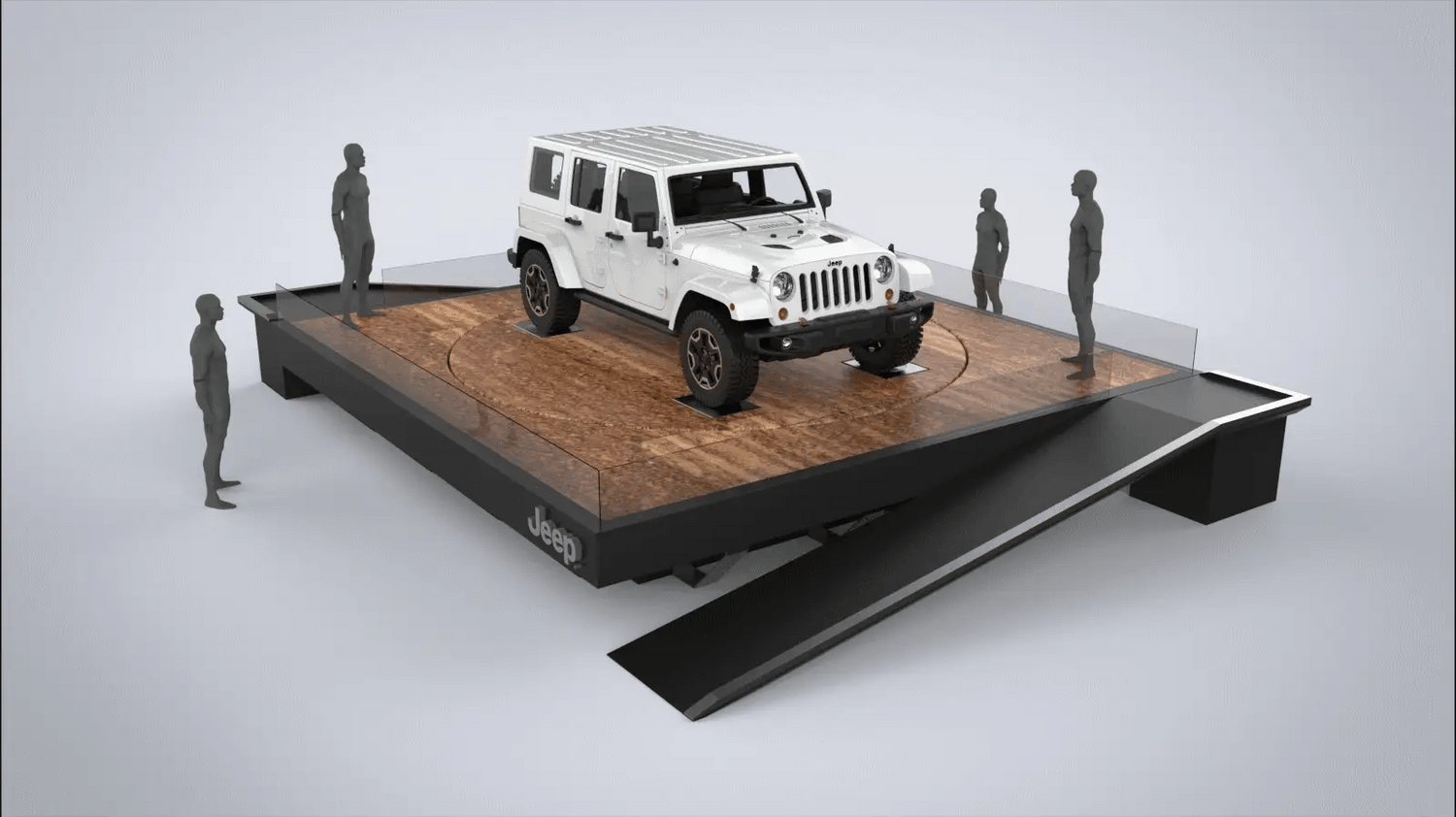Simulating yaw is very tricky and hard to do properly. Its an area of diminishing returns when it comes to motion layers and simulation. Or in other words you get a lot less when you add Yaw, Surge and Sway then you do by adding Heave, Pitch and Roll.
Let us explain.
HEAVE is by far the best motion layer as the physical actuators directly match the vertical vector in the software. The only limitations being accelerations (keeping everything under 1G so the chassis does not lift) and the amount of actuator travel available to represent the heave in the software. Pitch and Roll are similar but limited to the car rolling or the car pitching forward or the car going up and down hills or staying planted on large NASCAR style oval banks. These two motion layers are also very well represented.
Pitch, Roll and Heave can be well matched 80% of the time. Yaw, Surge and Sway are much more expensive to integrate and very dependent on constant G-forces. They are matched less than 20% of the time and so the more you add, the less you get or diminishing return. Its also something Will of Boosted Media (@_boostedmedia) discusses in his videos and why he is not yet fully convinced by yaw platforms: https://youtu.be/l_b8Kkk-UEw?si=HEbq7BsjFdHmeCwZ&t=1566
Hardware companies that provide Yaw ("traction loss") often just initiate the lateral direction change to communicate the idea of a constant lateral G-force or what some call "traction loss", but they have to do that within a split second and then immediately STOP and then take that information away from the driver. (some drivers find this annoying) They take this information away because they have limited physical travel or because they have to prepare for the next motion by brining the rig back to center. (also referred to as motion cueing)
Yaw, Surge and Sway is 20% as effective as compared to 80% for Pitch, Roll and Heave. It's just the fundamental nature of the motion layer and its ability to be represented in the real world is much more limited.
So will Sigma ever do Traction Loss? Well the term traction loss is not the most accurate. It's a half-truth. More accurately will we do Yaw, Sway or Surge? Is the driver looking for a constant G?
Even if its partially represented or are haptic effects like transducers running @SimHubDash shaking and vibrating a good enough signal for the driver?
Well we like to be "first principles driven" or know that we are starting off on the right fundamentals. We did this with the DK product line by making everything out of billet for the best haptic transfer, with proper mounts, using premium motors and controllers capable of representing jerk and optimizing our algorithms for pure haptics without the use of canned effects. So making another yaw system won't fundamentally solve this issue.
Here are some alternatives we were thinking of:
1) Build a proper Sigma Seat Belt tensioner.
Here are some alternatives we were thinking of:
1) Build a proper Sigma Seat Belt tensioner.
2) Build a proper G-seat that allows for constant G's to be "felt".
The right question to ask is:
1) Do you give the industry and the client what it wants although you know it is fundamentally incomplete or impossible to do properly?
/// OR ///
2) Do you stay with first principles and add other ways of making loss of traction possible? In some applications yaw makes a lot more sense such as flight, where there are typically more gentle sustained yaw rotations that can be matched visually or by using VR. More on that in another article...
It's also important that yaw is very relative, to driver, to car or the environment. You need to choose which of the three relative motions layers you want to represent and ensure they don't talk over each other giving the driver more noise than signal.
It's also important that yaw is very relative, to driver, to car or the environment. You need to choose which of the three relative motions layers you want to represent and ensure they don't talk over each other giving the driver more noise than signal.
And for those with yaw integrated systems already, fantastic, glad it works for you and your mind is able to fill in the missing cues. Getting the proper settings is key to making it work for you and your integration. Carry on. 🫡













Leave a comment
This site is protected by hCaptcha and the hCaptcha Privacy Policy and Terms of Service apply.